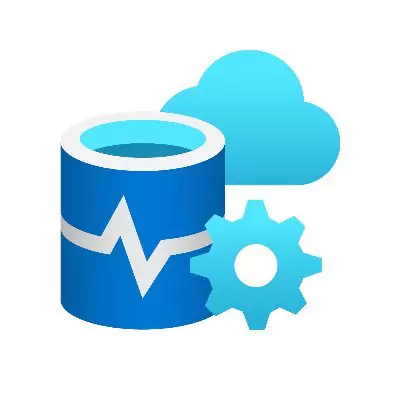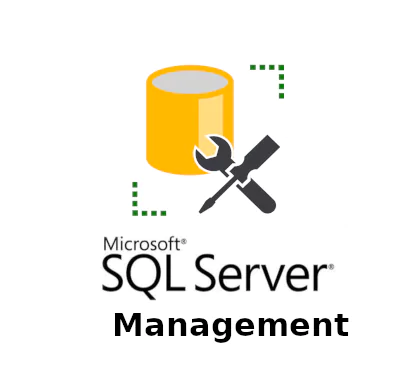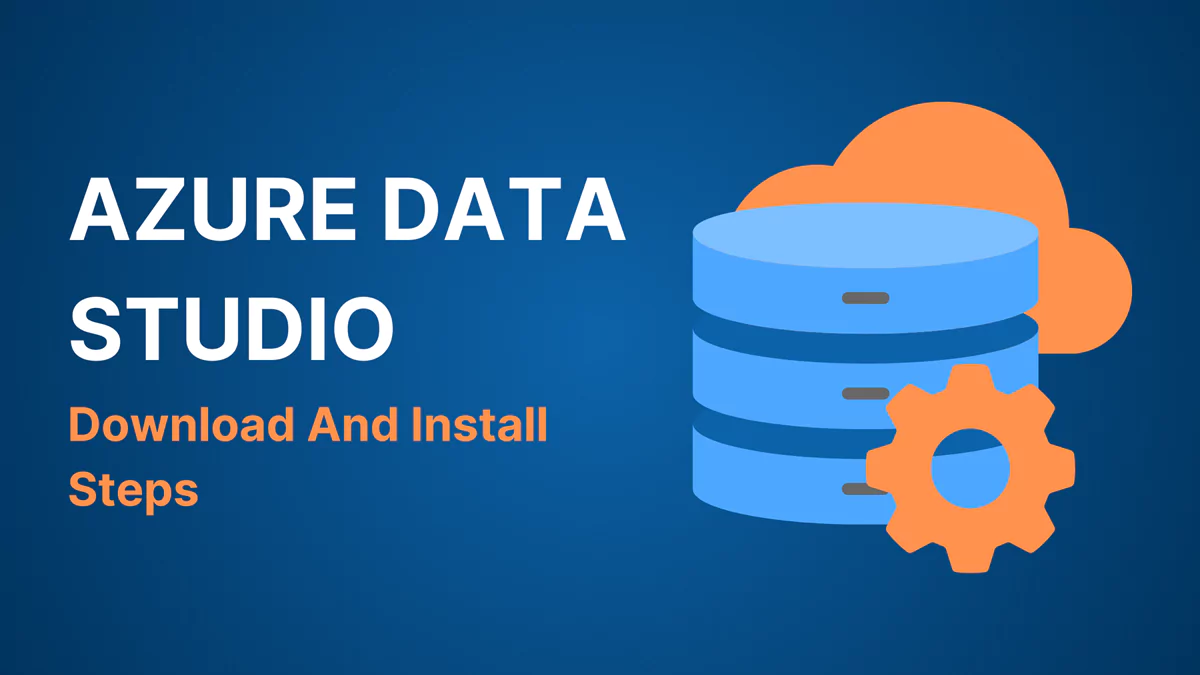Professionals working in the dynamic domain of database management have to often choose between various tools, each fulfilling a different set of needs and preferences. Two such note-worthy tools are the Azure Data Studio vs SSMS (SQL Server Management Studio) which are particularly noteworthy in the context of working with Microsoft SQL Server. Both of them are capable platforms for developing, managing, and optimizing databases, but their features, functionalities, and intended applications are not the same.
You can take your SQL Server database either with SQL Server Management Studio or with Azure Data Studio. The best solution for you depends on your specific needs and the conditions related to your uses.
The goal of this tool is to present a consistent database management experience to the client connecting to on-premise or Azure-based data systems. Azure Data Studio aims at doing many common tasks better than SQL Server Management Studio, the premier database administration tool from Microsoft. Having said that, because of its many administrative features, SSMS will remain the main tool used for data platform administration.
What is Azure Data Studio?

Azure Data Studio is a Database application for data professionals that works on cross platforms; it runs on Linux, Windows, and macOS. This database application targets data professionals who use Microsoft on-premises cloud data platforms. It is developed on top of Visual Studio Code, which provides data professionals with a modern and effective coding process for handling databases through SQL Server, Azure SQL Database, and Azure Synapse Analytics. It is built based on its built-in features, such as multiple tab windows and interaction with source control (both Git and TFS). You can run the queries on demand, edit the data, read, and store the output in Excel, JSON, or text, and handle the connections that you have selected.
It also provides the browsing experience of the objects with comfort. ADS allows you to manage your databases in the cloud. ADS is an extensible platform with several benefits. Azure Data Studio is perfect for data professionals working on cloud and on-premises data platforms. The source code for the Azure Data Studio and its data provider is available on GitHub. It can be modified and used without any restrictions, but you are not allowed to store it on another server or transmit it. The editing tools available in Azure Data Studio consist of the built-in terminal, code snippets with version control, IntelliSense, and connection. It also has built-in query result visualization and dashboard customization, for all this, the data platform user is kept in mind.
If you want to choose Azure Data Studio, follow these steps to download and install Azure Data Studio on your computer.
What is SQL Management Studio (SSMS)?

SQL management studio, sometimes known as SSMS, is an independent tool for configuring and maintaining SQL server databases and applications.
The software developers have defined SQL Server Management Studio as “a complete platform for running any kind of SQL system.” It provides a centralized management platform for all the SQL infrastructure, which also includes the Azure SQL Database and Microsoft SQL Server. It contains resources available for configuring, maintaining, and managing databases and SQL server installations. You can write queries and scripts with it, deploy the data-tier components of your applications, monitor them, or even upgrade them.
Azure Data Studio Vs SSMS
Sometimes users wonder whether SSMS or ADS is a superior tool. It’s crucial to remember that Microsoft created the management client and management studio for different purposes. To help you understand how these two resources could be used in different contexts, here’s a comparison of their key functions.
If you want a concise review of the essential points to aid in your decision-making, here they are:
1. Platform Support: SQL Server Management Studio is usually designed for Windows operating systems; however, some later versions of SSMS can be run on macOS and Linux through methods like running SSMS in a virtual machine or using containerization technologies such as Docker. Azure Data Studio, which is built atop the Visual Studio Code platform, is inherently cross-platform for it supports Windows, macOS, and Linux.
On the other hand, Azure Data Studio is built on top of the Visual Studio Code platform. Visual Studio Code is a cross-platform code editor developed by Microsoft that is open source as well as free to use. It is also based on the Electron framework and works with Windows, macOS, and Linux.
As a result, you can report problems and contribute to the Azure Data Studio project using the GitHub flow.
2. Target Audience: Azure Data Studio aims to make SQL Server, Azure SQL Database, and Azure Synapse SQL pools easier to use for developers and data professionals. For example, being able to access the Cosmos DB from locations other than the Azure site would be beneficial.
DBAs and other IT specialists who need to manage and configure SQL Server instances benefit from SSMS’s more feature-rich abilities. It should be noticed that, in addition to local SQL Server databases, SSMS allows you to connect to Azure Synapse SQL pools and Azure SQL.
One feature that I particularly like is the ability to start work in SSMS and continue it in an Azure Data Studio Jupyter notebook.
3. Feature Set: SQL Server Management Studio is an effective tool for developers, administrators, and architects working with Microsoft relational databases on Windows. The main features are:
- Query Editor: Use the Query Editor to create and run T-SQL scripts and queries.
- Object Explorer: The Object Explorer displays a hierarchical view of all SQL Server objects, which includes tables, views, databases, and stored operations.
- Backup and Restore: You can back up and restore database data in case errors occur.
- Security: Tools for implementing security policies and managing user roles and permissions.
- Maintenance: Maintenance tools for database upkeep, including statistics updates and index defragmentation.
- Scripting: Allows users to create and modify database objects, as well as transfer data.
Azure Data Studio comes with an in-built IntelliSense, source control, extensions, and notebook support. Git integration is of utmost importance in today’s DevOps-driven software development culture. Jupyter notebooks provide a convenient way to have live code that can be used to run directly within the notebook, as well as documentation given in Markdown.
SSMS has a more traditional design that can be very familiar to an experienced SQL Server professional, whereas Azure Data Studio has a more modern and streamlined UI.
What about the support for languages? You can write it in data access and analysis languages which are designed especially for Microsoft with SMSS:
- Transact-Structured Query Language (T-SQL)
- Data mining extensions (DMX)
- Multidimensional expressions (MDX)
- Analysis Services Scripting Language (ASSL)
All of these languages, along with many more, are supported for writing in Azure Data Studio, such as:
4. Extensibility: Although SSMS does not have official SDKs or APIs for developing extensions, it still supports adding third-party add-ins and extensions using the SSMS extensibility API. On the other hand, developers can use third-party frameworks or technologies to enhance the capabilities of their own SSMS tools. Conversely, Azure Data Studio which is based on the Visual Studio code platform is natively supportive of first and third-party extensions hence making available a multitude of extensions that extend its capabilities in managing different types of SQL Server, Azure SQL Database, and Azure Synapse SQL pools.
Difference Between ADS & SSMS- Which One is Better?
| Feature | Azure Data Studio (ADS) | SQL Server Management Studio (SSMS) |
|---|---|---|
| Platform Support | Cross-platform: Windows, macOS, Linux | Primarily Windows, with limited macOS and Linux support |
| Target Audience | Developers, data professionals | Developers, administrators, IT specialists |
| Feature Set | Modern UI, IntelliSense, Git integration, Jupyter Notebook support | Traditional UI, comprehensive SQL Server management tools |
| Extensibility | Native support for extensions, open-source | Limited extensibility, third-party add-ins available |
| Language Support | T-SQL, Markdown for Jupyter notebooks | T-SQL, DMX, MDX, ASSL, and more |
| Community Support | Active GitHub community, open-source project | Official Microsoft support, third-party resources |
Naturally, Azure Data Studio can outperform SSMS in all areas in the future. Azure Data Studio is an open-source project with around 5.32K GitHub ratings and 418 GitHub forks. It still applies today as a more portable tool that can be used to simplify a variety of tasks. Nevertheless, you already know who will win. Naturally, Azure Data Studio has the most potential to outperform SSMS in all areas in the coming future. It is an open-source project with 5.32K GitHub ratings and 418 GitHub forks. It still applies today as a more portable tool that can be used to simplify a variety of tasks.
Azure Data Studio provides the most effective benefits that can convince you to choose it. The advantages are that it is available across many platforms, by using notebooks, has an integrated source control manager, improved IntelliSense, and focuses on queries.
Conclusion
When comparing ADS and SSMS at the end of it all it comes down to project requirements, team preferences, and the database system. If you have basic database creation and query-writing needs across many platforms, ADS can be a better option for you. However, if you are working mainly with SQL Server and performing administrative chores, SSMS is the better option. To make the best option for your needs, use both programs and see which one works better for you.

